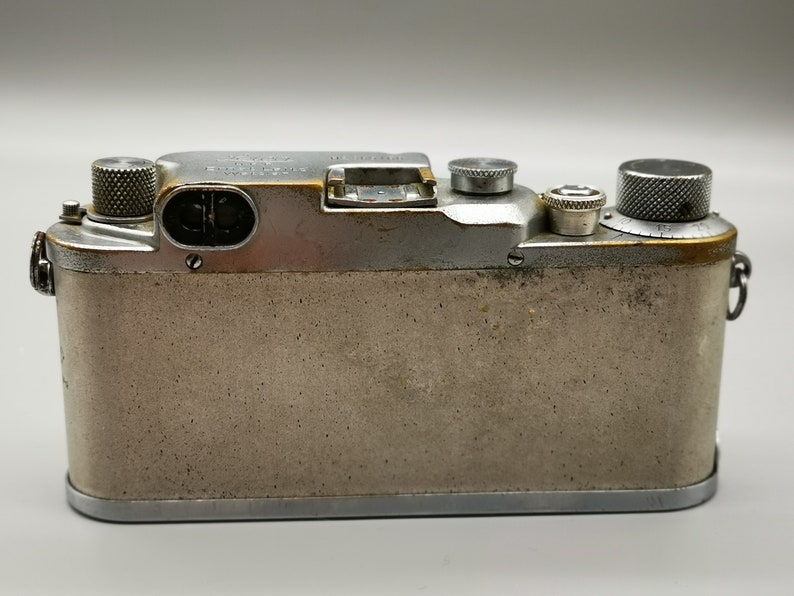
1953 - 1961: Periflex manufactured in England by K.1953 - 1959: Tanack IIC manufactured in Japan by Tanaka Optical Co., Tokyo.1951 - 1964: Reid Post WWII by Reid and Sigrist from seized Leitz plans.1948 - 1977: Zorki manufactured in USSR by KMZ, Krasnogorsk.1948 - 1959: Nicca manufactured in Japan by Nippon Camera Co.1947 - 1954: Kardon manufactured by Premier Instrument Corp., New York, USA.1947 - 1959: The Minolta-35 manufactured by Chiyoda Kogaku, Osaka (24×32 mm at first).


These originate from about 21 original Leica inspired cameras. Some 500 individual camera models that were produced by a large number of camera manufacturers since the introduction of the Leica fall into this category. 5 - And employing a focal-plane shutter.3 - and a 28.8 mm film to lens flange distance.2 - With the 39mm Leica screw lens mount with approximately 1 mm pitch.1 - Predominantly a rangefinder/viewfinder camera type.One set of specifications which may define a Leica copy, are described by Hans P. Cameras introduced later would not cause patent rights infringements as far as the early Leica models are concerned. Ernst Leitz had no patents registered in the USSR.
#E LEITZ WETZLAR KAMERA FREE#
Several of the Asian brands combined the viewfinder and rangefinder features, this was not done on the Barnack Leica cameras or Soviet copies.Īfter World War II, the Allied countries made all German patents in their country available to the public free of charge. The earlier copies used the stamped upper body, while a few of the later cameras had die cast upper bodies. The Soviet cameras followed the pattern of the Leica II, while most of the Asian cameras included the slow-speed feature. After 1940, with the introduction of the Leica IIIc, the upper body was die cast rather than stamped and the visual appearance of the camera changed with a more prominent shutter-crate around the lens mount - this was not covered with leather as in the previous models. The post 1932 Leica II and Leica III cameras were differentiated by the latter having a "slow speed dial" on the front of the camera to the left of the lens mount. This camera's features are the basis for defining a Leica copy.

In 1930, an improved model with interchangeable lens was introduced, followed a year later by the fully developed Leica II with standardized film to lens flange distance, and in 1932 the basic Leica Standard the Leica concept was established. Once started, the Leica production volume doubled each year in 1929, some 16.000 cameras were produced.

The design was carried out by Oskar Barnack, beginning in 1913 by building a camera for 24×36 mm negatives that by now is called the Ur-Leica but Ernst Leitz did not decide to manufacture it until 1924. The Leica copies originate from the Leica camera that was launched by Ernst Leitz, Wetzlar in 1925, using the Leica 39mm screw mount of 26 threads per inch (25.4 mm), and the standard 35mm film.


 0 kommentar(er)
0 kommentar(er)
